Refreshing and Rewriting Office Rules for the Post-Pandemic Era
After more than a year of many employees working from home, re-establishing and maintaining workplace etiquette presents a significant challenge.
Michael Krashes knows he must eliminate one element of his fitness regimen when more of his colleagues start trickling into the office this summer and fall. Usually alone in his employer's New York City headquarters, he wears wireless headphones so he can stroll around the space while having phone conversations.
"It keeps me moving, and it's something I've really gotten used to," says Krashes, a senior admissions advisor at the Flatiron School. "I don't think [my colleagues] will appreciate me cruising around, screaming at the top of my lungs. As people return and I'm conscious of them, I will lock it down."
Krashes is certainly not the only person who developed quirks during the pandemic that push the boundaries of office-appropriate behavior. Sweatpants and tees have replaced zippered trousers and collared shirts for many of those working from home, while showers aren't necessarily a daily occurrence anymore.
In addition, some employees have stretched the privileges of remote work. Nearly one-quarter of employees (24 percent) have said they were "online" even though they were running errands or exercising during the workday, according to a survey by employment site Monster. An equal number said they had taken a conference call in the bathroom, while 12 percent copped to having logged on for the workday and then returned to bed. A separate survey by discount site CouponFollow found that 16 percent of employees wore their pajamas while working remotely and 29 percent recently worked from home naked.
Banishing Bad Habits
There will likely be a need for some remedial workplace etiquette lessons as more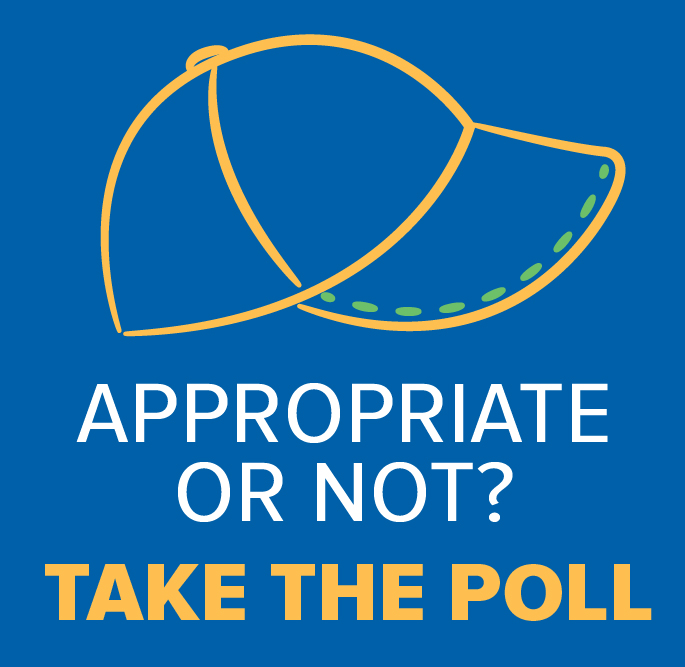 companies bring employees back to the office this fall after more than a year away. Some of that will involve reminding people that even though it may be fine to pile dishes in their sinks and leave moldy leftovers in their refrigerators, such habits are not welcome in communal office kitchens. (Granted, some workers were committing such offenses before the pandemic.) And while many employees will be told that ripped jeans and slippers are still verboten in the office, most will be relieved to learn that workplace dress codes are becoming more relaxed, allowing them to wear jeans, sneakers and other casual attire.
companies bring employees back to the office this fall after more than a year away. Some of that will involve reminding people that even though it may be fine to pile dishes in their sinks and leave moldy leftovers in their refrigerators, such habits are not welcome in communal office kitchens. (Granted, some workers were committing such offenses before the pandemic.) And while many employees will be told that ripped jeans and slippers are still verboten in the office, most will be relieved to learn that workplace dress codes are becoming more relaxed, allowing them to wear jeans, sneakers and other casual attire.
Managers may also be dealing with some unprecedented sticky issues caused by the pandemic, such as potential tensions that could arise over vaccination status or whether to shake hands. (White House advisor and infectious-disease expert Dr. Anthony Fauci says the custom should be abandoned.) Perhaps the most pressing message some managers plan to reinforce to employees is the importance of being kind to one another as the country emerges from a cocoon that wasn't easy for anyone but was especially difficult for many.
New Rules
"Our message is that it's OK to not be OK," says Gus Hattrich, chief executive officer of Paradowski Creative, an agency with about 100 employees based in St. Louis. "The pandemic was a traumatic event, and it's a process to get back to where we want to be."
That process started in March when the agency opened Camp Paradowski, which is located in a field near the office and filled with oversize Jenga sets, Adirondack chairs and picnic tables. Hattrich says he wanted to design a playful atmosphere where employees could gather safely. "We wanted to create the sense of community again," he says. "We wanted our employees to be together in a way that wasn't just transactional."
Hattrich also leads with empathy at company gatherings. Instead of immediately digging into work, he begins meetings by asking people how they're doing and encourages honest answers. "I want to hear if you're feeling exhausted," he says. "I don't expect people to be 100 percent for a while."
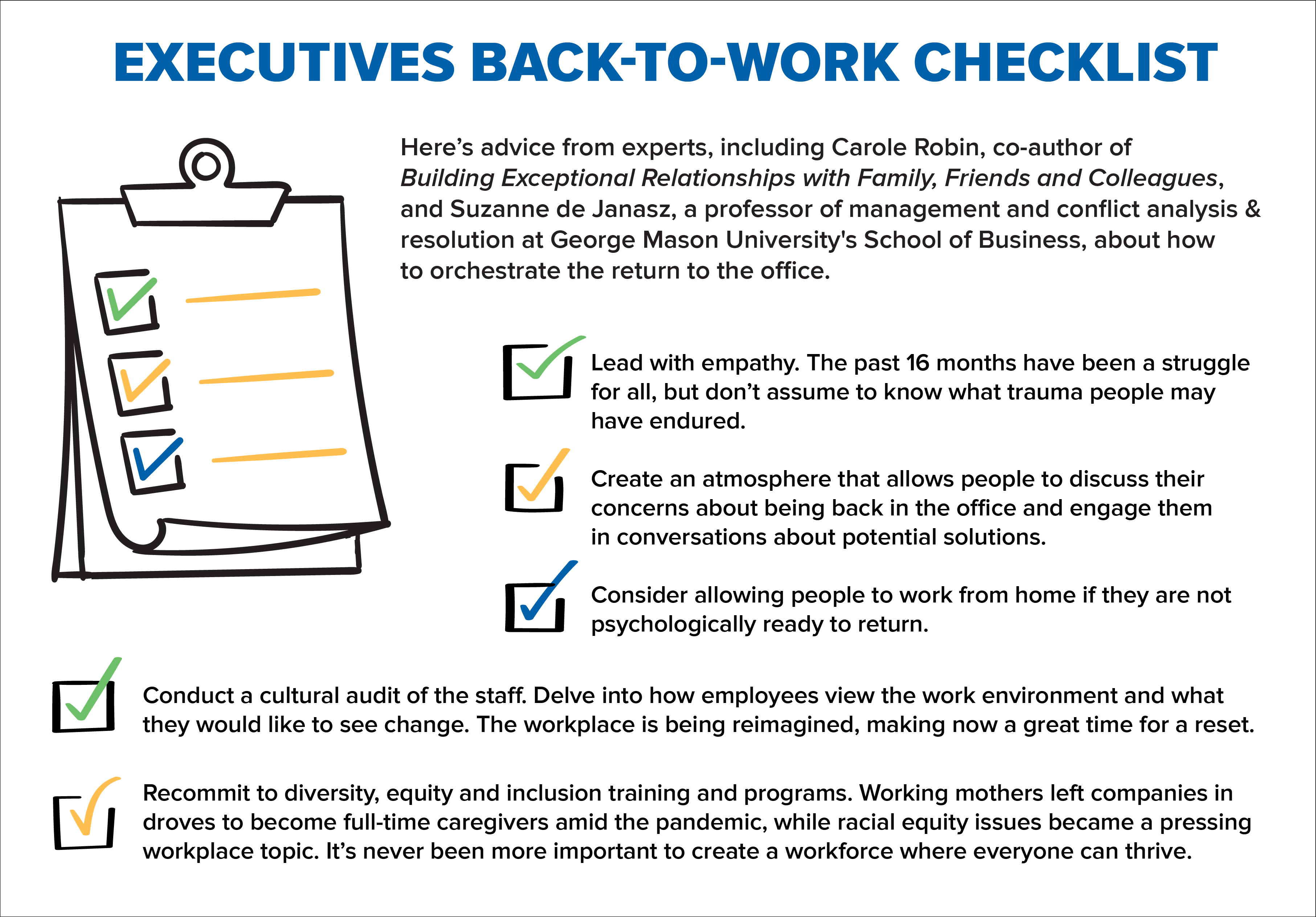
A Balanced Approach
Realizing that everyone has had a different experience over the last year or so, executives are divided on how much to focus on the pandemic as more employees head back to a physical office. Some business leaders are still grappling with how to arrange office seating to quell employees' potential anxieties about sitting close to co-workers. Others are considering whether to hold welcome back parties, though they worry that anything too festive might be considered disrespectful to those who have experienced illness or loss. And there are some who say their companies have hosted various occasions to help employees through the tragic events of the last 16 months and now it's time to look forward.
VicoSoft, a Charlotte, N.C.-based maker of mattresses and bedding, now has two break rooms to accommodate employees' differing views of post-pandemic safety. One is more spaced out and has barriers and partitions, while the other has none of the pandemic's lingering telltale signs.
"We understand that not everyone will have the same level of comfort," says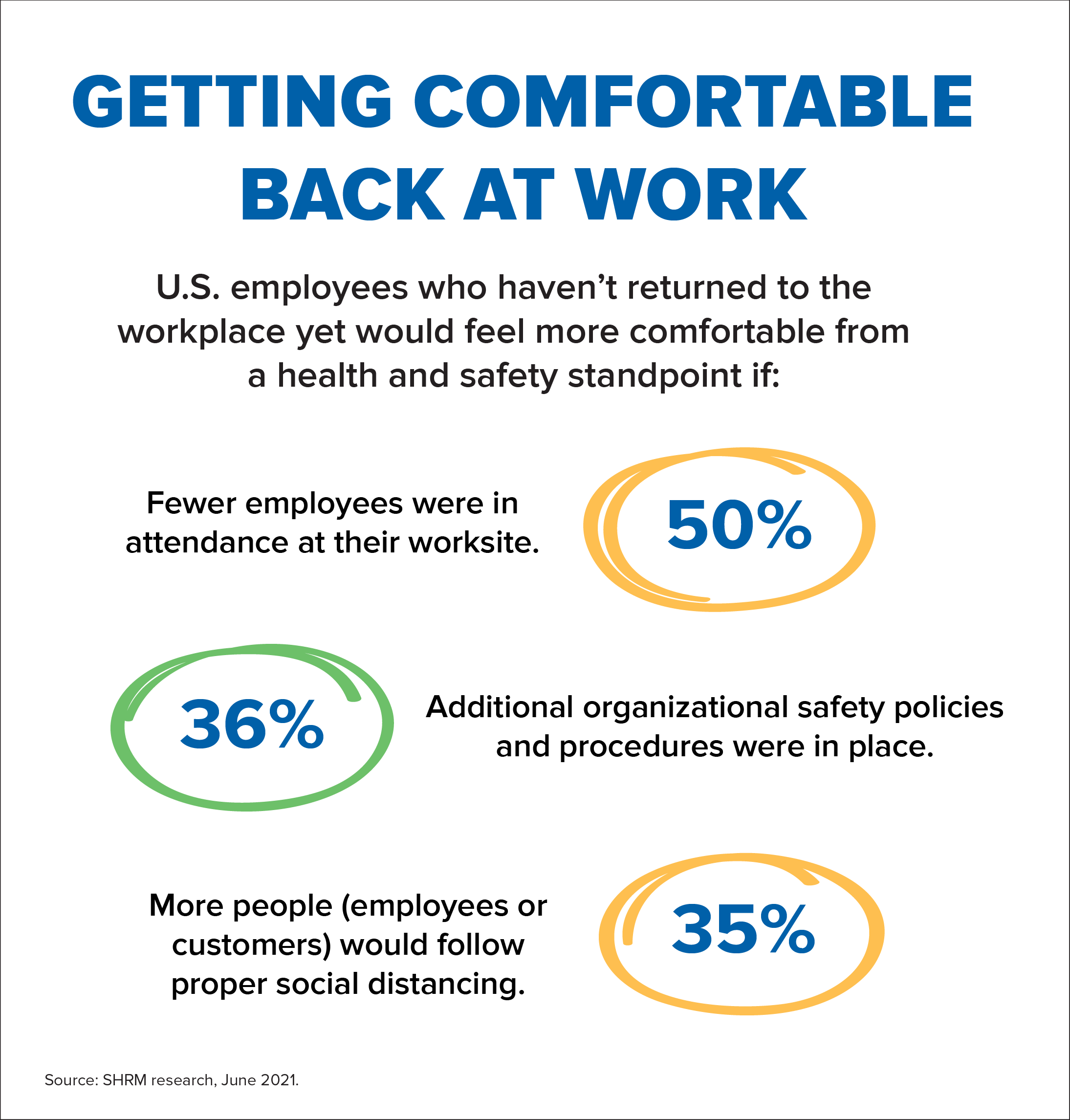 Gabriel Dungan, the company's founder and CEO. "This allows employees to self-select which environment they feel more comfortable in when they're on a break and should reduce tension and potential for conflict as well."
Gabriel Dungan, the company's founder and CEO. "This allows employees to self-select which environment they feel more comfortable in when they're on a break and should reduce tension and potential for conflict as well."
"I think people are hungry for a little lightheartedness," Enbar says. "We need to give each other permission to relax."
[Want to learn more? Join us at the SHRM Annual Conference & Expo 2021, taking place Sept. 9-12 in Las Vegas and virtually.]
Discomfort Guaranteed
Some awkwardness is to be expected as people return to workplaces, says Eric Taussig, founder of Prialto Inc., a Portland, Ore.-based provider of virtual executive assistants. For example, employees may have different attitudes about shaking hands and some may become alarmed if they hear a colleague sneeze or cough.
"There's a common understanding that stuff needs to be reinvented," Taussig says. He plans to reiterate to employees that they should stay home if they feel sick, and he will hang signs in the kitchenette and bathrooms reminding people to wash their hands. He's still not sure how to address the potential handshake dilemma. "That's the toughest," he says.
Over the course of the pandemic, employees at Prialto have received training in mindfulness and crisis management that Taussig believes will help them cope with colleagues still stressed by the pandemic who may act rudely or unprofessionally. He hopes employees faced with such behavior will take a step back and be circumspect before responding, though he doesn't expect them to endure abuse. "It's been a traumatic time, and I'm not sure that everyone is aware of how it has affected them," Taussig says.
Dressing Down
Dealing with dress code violations has been relatively easy for Taussig. Prialto's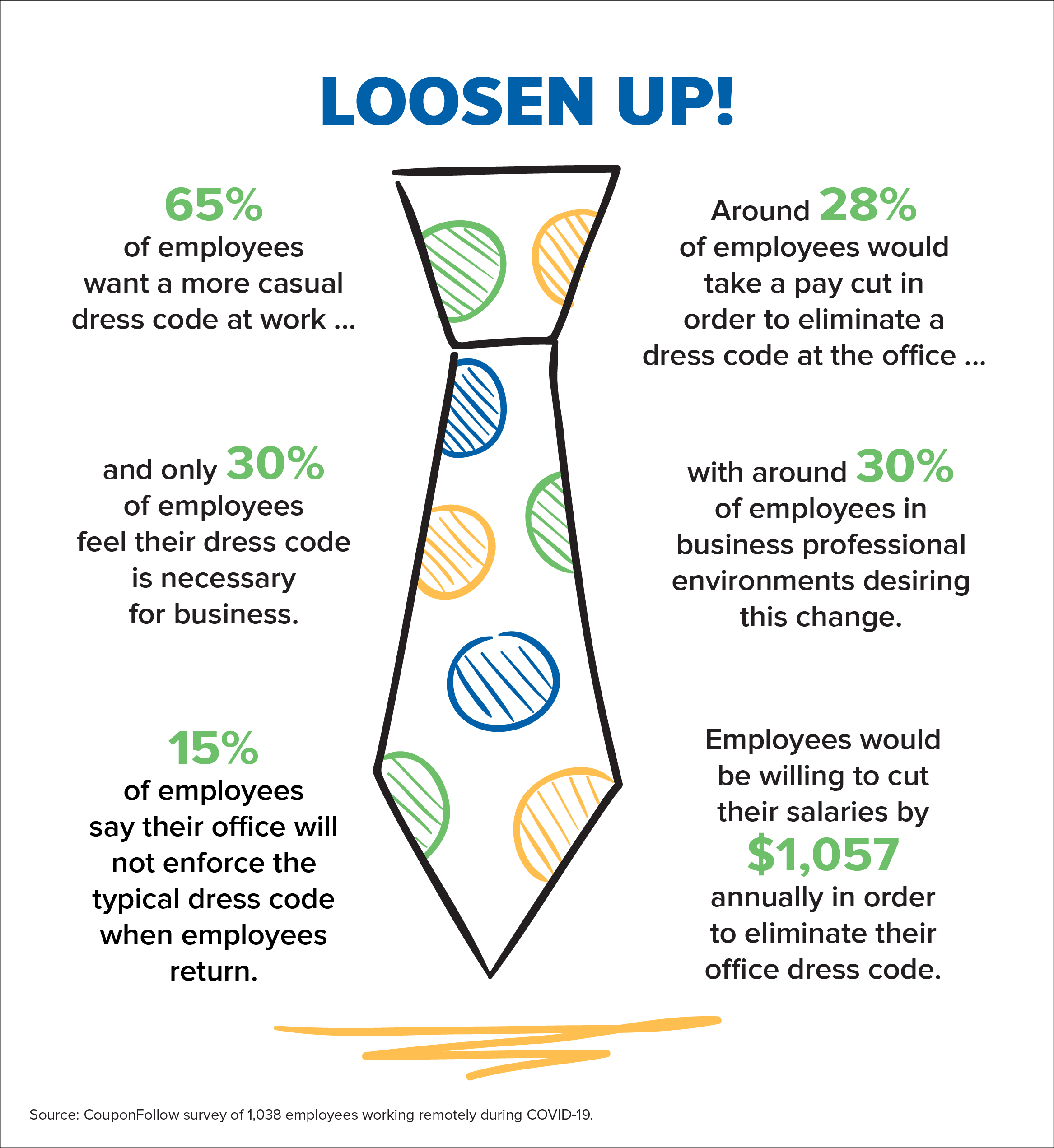 policy calls for business casual attire, with men expected to wear collared shirts. Last year, when people started showing up to Zoom calls wearing baseball caps and band T-shirts or putting on makeup or eating during the calls, Taussig told them such attire and behavior was unacceptable.
policy calls for business casual attire, with men expected to wear collared shirts. Last year, when people started showing up to Zoom calls wearing baseball caps and band T-shirts or putting on makeup or eating during the calls, Taussig told them such attire and behavior was unacceptable.
"We worried about what they were doing on client calls," he says. "People didn't resent it. They understood."
Friedman LLP, a New York City-based accounting firm, also wanted to maintain its business casual dress code during Zoom meetings, says Lindsay Gaal, the company's chief operations and human resources officer. Gaal says she had to remind several scraggly-bearded men that the dress code stipulates facial hair must be well-groomed.
Gaal is being less strict as employees begin trickling back to the office, and she remains mum when she sees people skirting the rules around dress. "I don't want to discourage anyone from coming to the office," she says, noting she will reiterate the policy when the office is more populated.
Comfort Rules
Many companies say they will roll out a more casual dress code to accommodate those who have come to value their comfort. The ability to wear more-giving fabrics is especially welcome as many are still packing their extra pandemic pounds and have discovered their "hard pants" are just a bit too snug. Enbar says he bought some slacks that have a work-suitable look yet feel more like yoga pants.
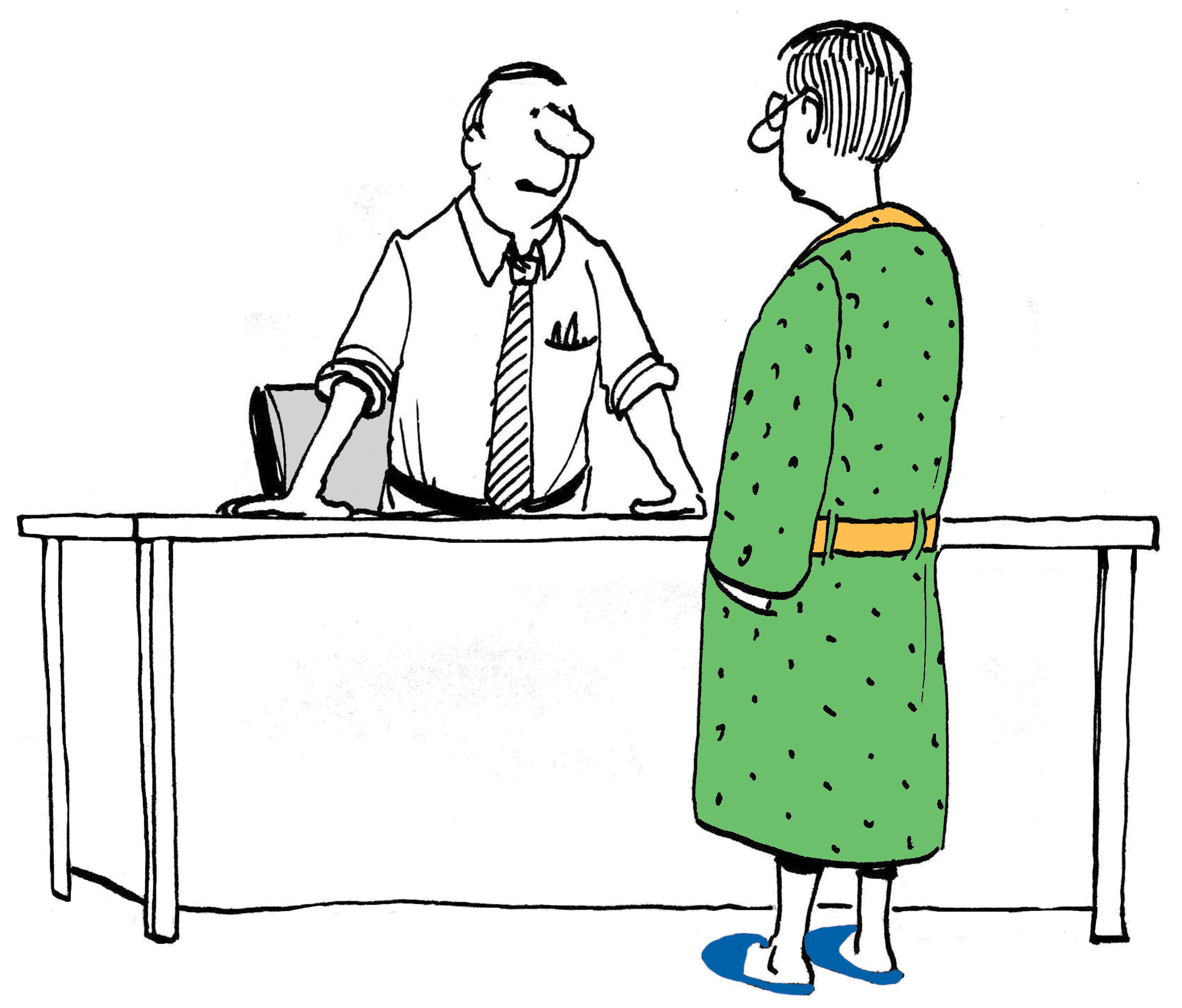 Designing comfy yet professional outfits is becoming a new market niche. In June, upscale women's clothing line M.M.LaFleur launched a collection called Rewrite the Rules, which features pieces designed to be layered, mixed and matched to fit the new hybrid-work approach. Some items are traditional, but there are also lots of stretchy pants, silk tees, jardigans—a cross between a jacket and a cardigan—and even cashmere jogging pants.
Designing comfy yet professional outfits is becoming a new market niche. In June, upscale women's clothing line M.M.LaFleur launched a collection called Rewrite the Rules, which features pieces designed to be layered, mixed and matched to fit the new hybrid-work approach. Some items are traditional, but there are also lots of stretchy pants, silk tees, jardigans—a cross between a jacket and a cardigan—and even cashmere jogging pants.
The collection "was designed to directly meet the needs of who our customer is," says Callie Kant, vice president of brand and creative at the New York City-based company. "Even before the pandemic, she was not always working from an office, so we're responding to this trend through the more casual clothing we're offering. Our guiding principle for this launch is: Instead of dressing for the job you want, dress for the life you've made."
Finding a Fit
The pandemic will likely serve as another step in the dress code's march to extinction in most industries. That can't come soon enough for some.
When Jimena Sachdev started looking for a job a few months ago, she knew she wanted to work at an employer with a casual dress code. Her former employer, a financial firm, had what she considered strident rules for women, such as no open-toe shoes or bare arms.
"It was very sterile," she says. "I didn't want to be at a place where I needed to wear tights, nylons or a suit. I didn't want to wear a uniform."
Recently, Sachdev started working as an office manager for a legal nonprofit in Brooklyn that has a completely different approach to attire. She says lawyers often wear sweatpants and ripped jeans if they aren't representing clients in court. Sachdev favors a style somewhere in between. These days, she has been wearing flowery summer dresses and sandals to work.
"I like getting a little dressed up," she says. "It's self-care."
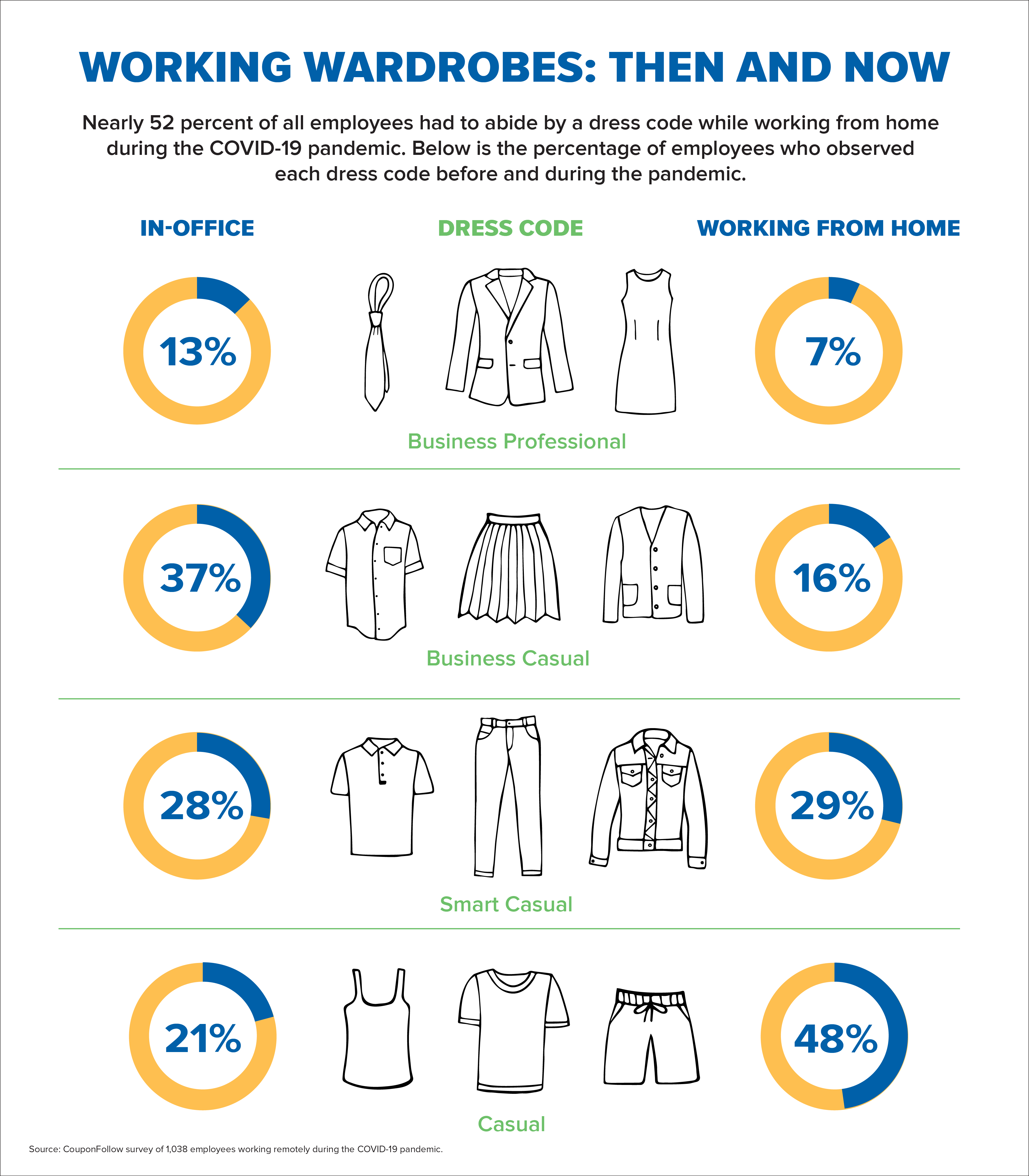
Youth Movement
Fashion historian Diedre Clemente says the combination of the pandemic and a younger workforce will only accelerate the move to a more casual dress code. She says Millennials, especially women, don't choose their clothing to convey that they're serious professionals or that they're angling for their bosses' jobs.
"They view clothes as self-expression," says Clemente, associate director of the public history program at the University of Nevada, Las Vegas. "I think the [traditional dress code] standards will die."
Even so, Clemente says, it may take a while for athletic and leisure wear that has become so popular during the pandemic to be accepted at work.
"When women started to wear pants, their husbands hated it. Their mothers hated it. They still wore the pants," Clemente says. "So much of cultural change comes from people just doing it."
Power of Perception
Other experts caution that long-standing gender- and race-based perceptions continue to present challenges when it comes to workplace attire. Those experts contend that women and people of color are judged more harshly on their clothing than white men who dominate corporate hierarchies.
"We're conditioned and socialized by media to associate certain ways with certain attributes," says Regan A.R. Gurung, associate vice provost and executive director of the Center for Teaching and Learning at Oregon State University, who has studied how individuals' attire affects how they're perceived. "These associations work against women and people of color."
For example, Gurung conducted a study that found women who wore clothes that were snug or revealing were judged as less intelligent and less competent than women in clothes that complied with standard business and school dress codes. He adds that the women in the former group were clad in outfits one might see while out in public, not anything outrageous.
"Clothing matters," Gurung says. "We make snap judgements about people based on their appearance.
In a computer game study, unarmed Black men wearing clothing described as "threatening"—a gray sweatshirt, gray sweatband and black sideways baseball cap—were shot more often than unarmed white men wearing the same thing, according to a study by Kimberly Kahn of Portland State University and Paul G. Davis of the University of British Columbia. Similarly, armed white men wearing such clothing were less likely than armed Black men to be shot by game participants.
"The horrible, sad reality," he adds, "is that you want to play it safe when you're in a low-familiarity, high-power-differential situation and dress to code because you will be judged."
Theresa Agovino is the workplace editor for SHRM
Images by Alamy Stock Photos.
Explore Further
SHRM provide resources and information to help business leaders prepare their employees and organizations for a safe and successful return to the physical workplace.
The key to organizational success is having a culture based on a strongly held and widely shared set of beliefs that are supported by strategy and structure.
Toolkit: Managing Employee Dress and Appearance
This toolkit discusses dress and appearance policies in the workplace, along with legal considerations employers face in the U.S. and issues such as safety, religious expression, gender and race as they relate to dress and appearance.
Fashion Statement
The evergreen debate among corporate attire police about whether leggings are pants and if they're suitable for the workplace doesn't vanish in the summer. It's joined by myriad other questions.
Sample Policy: Business Attire Dress Code
This sample policy makes it clear that employee appearance contributes to the company's culture and reputation, and that employees are expected to present themselves in a professional manner that results in favorable impressions by clients and customers.
Sample Policy: Attire and Grooming



